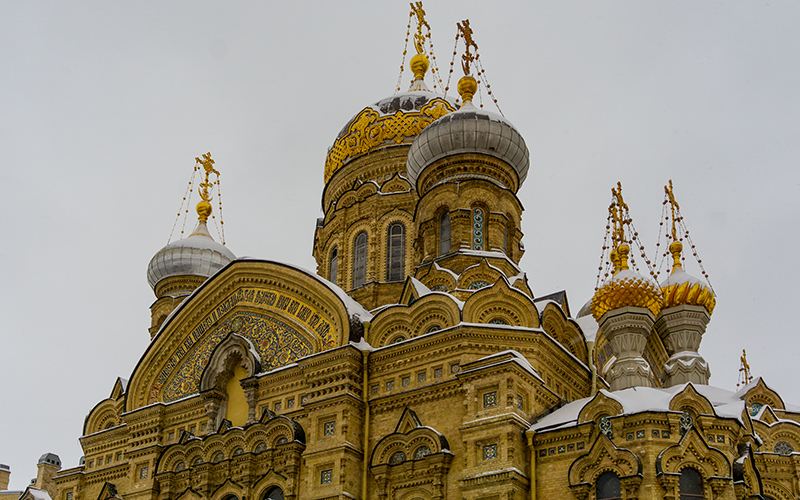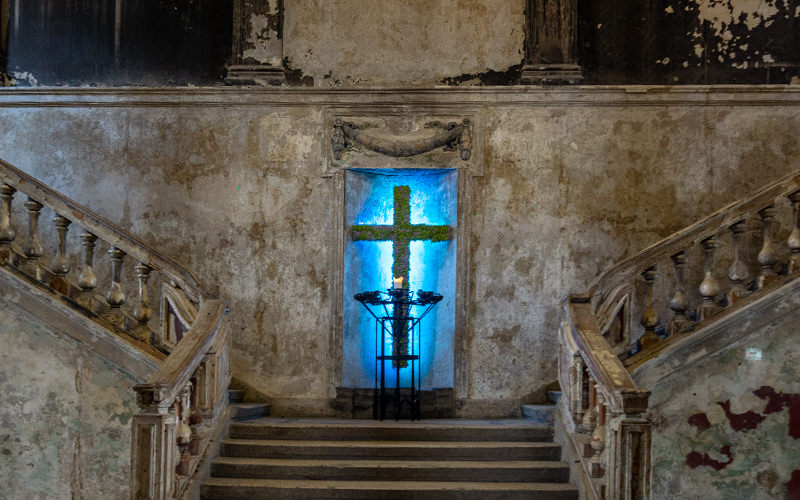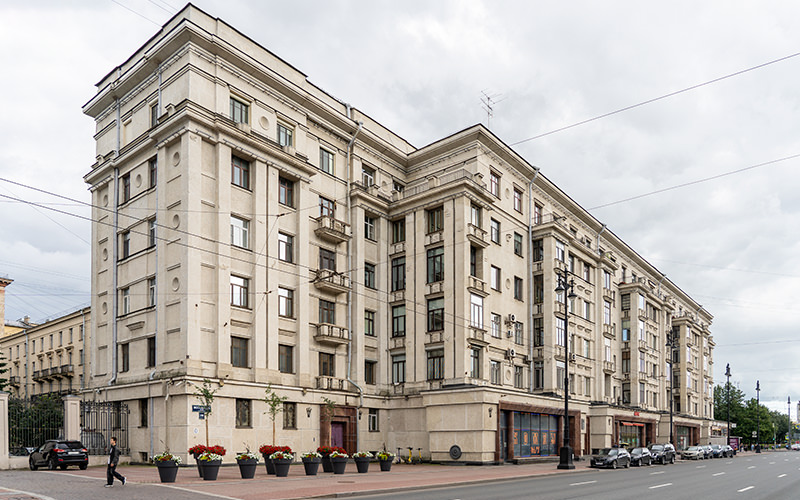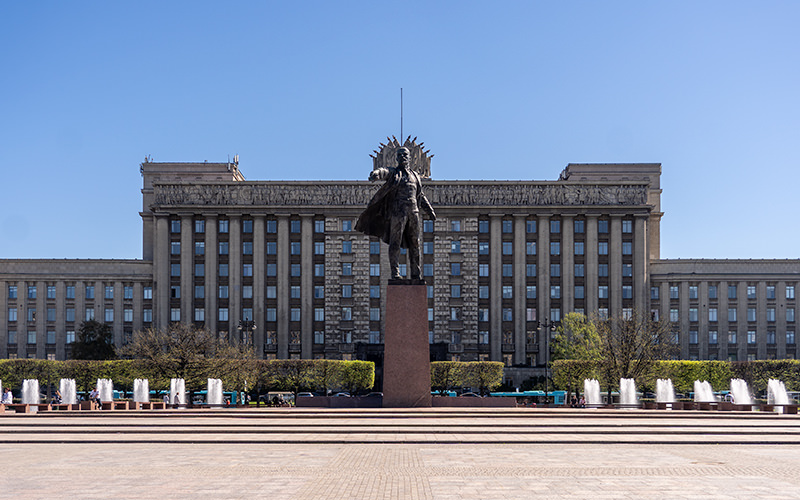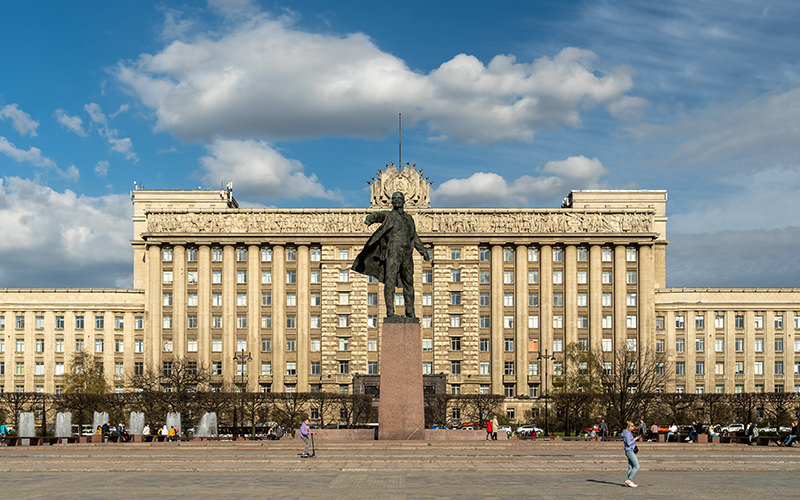Friends, last time we took a short stroll around Moscow Square in St. Petersburg. Today, I invite you to continue exploring this area and take a look at the fascinating architectural landmark — the Chesme Church.
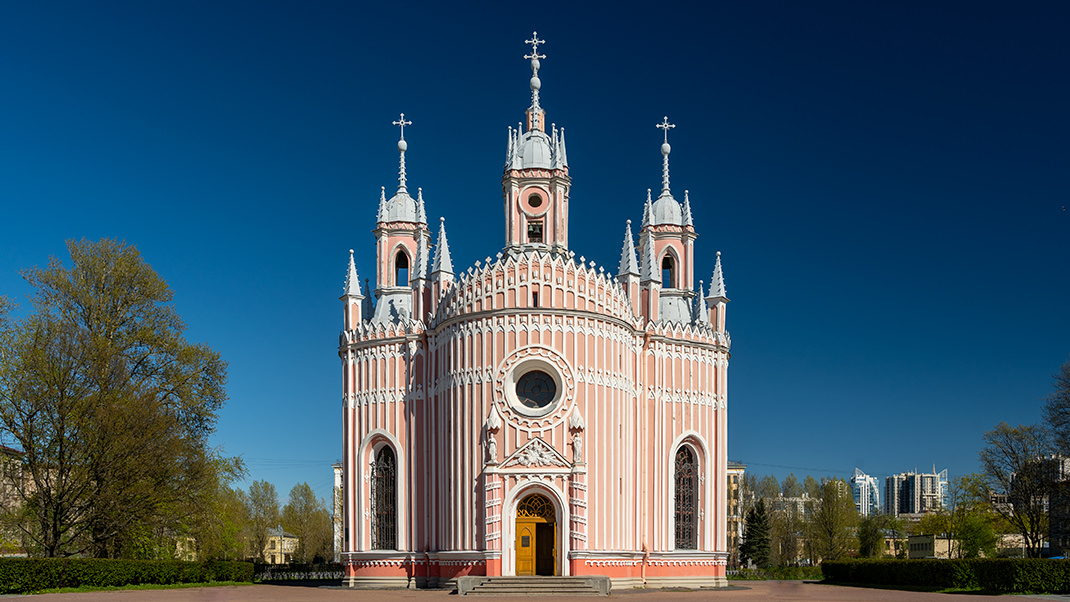
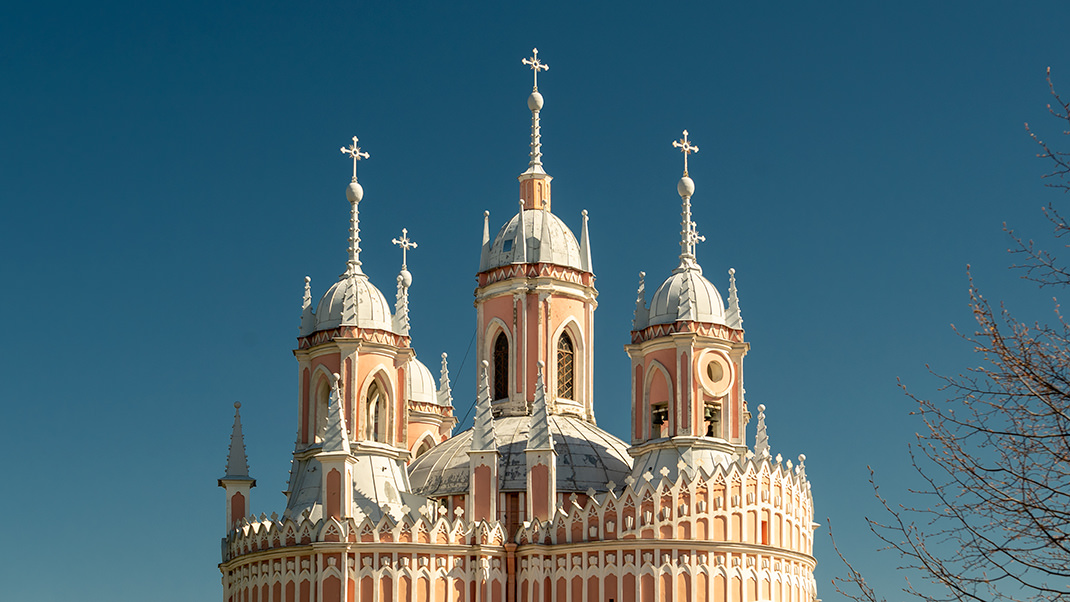

How to Get There by Metro
The church is located at 12 Lenin Sovet Street. The nearest metro stations are "Park Pobedy" and "Moskovskaya." I walked here from the first station in about 20 minutes.
The church is active, and entry to the building is free.
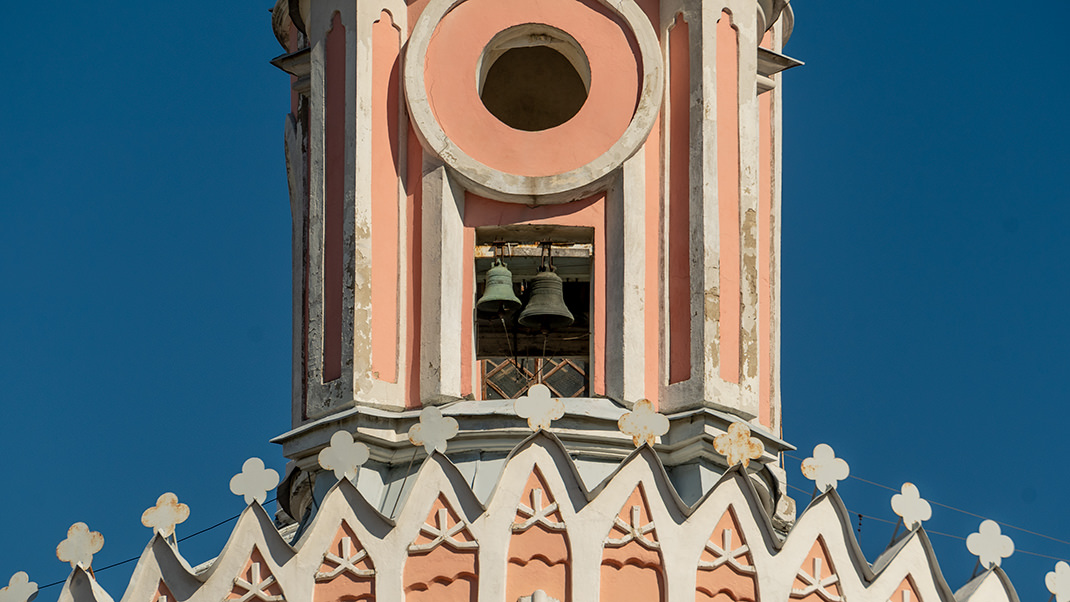
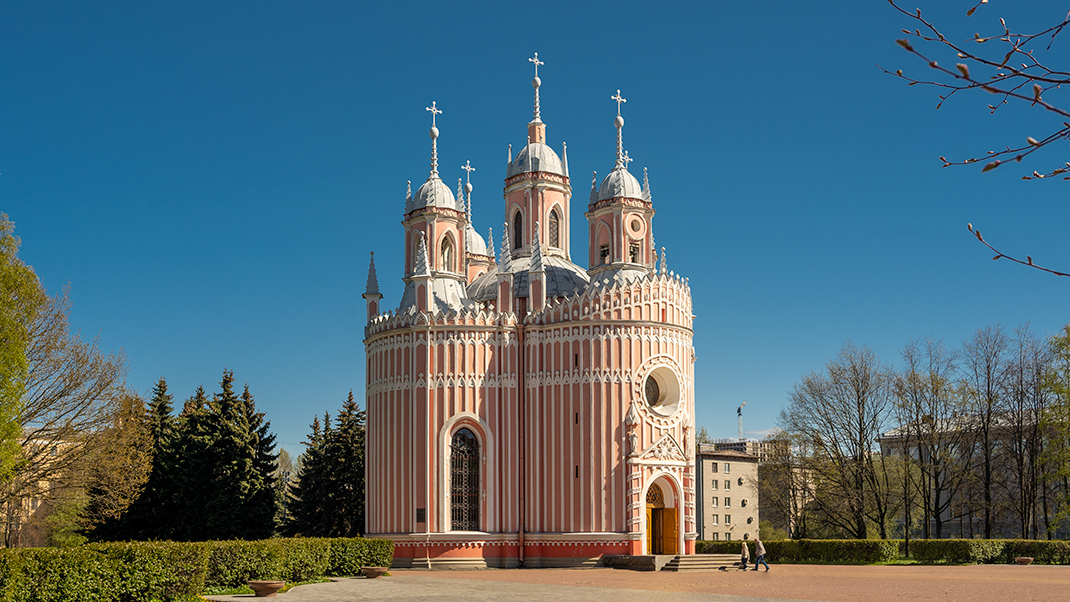
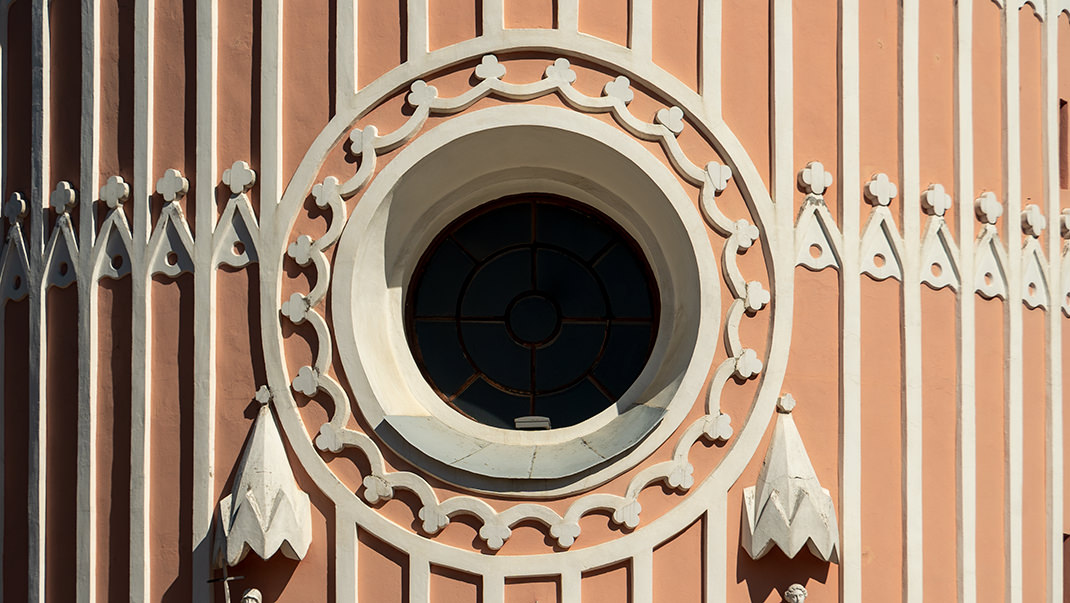
A Bit of History
The church is part of the Chesme Palace complex. The route residence on the road from St. Petersburg to Tsarskoye Selo and its church were built between 1774 and 1780 by architect Yuri Matveyevich Felten. This master is known for leading the works on the first stone embankments of the Neva, designing the Neva railing for the Summer Garden, and creating the plans for several other notable buildings in St. Petersburg, including the Grand Hermitage, the Lutheran Church of St. Anne (Annenkirche), and the Alexander Institute.
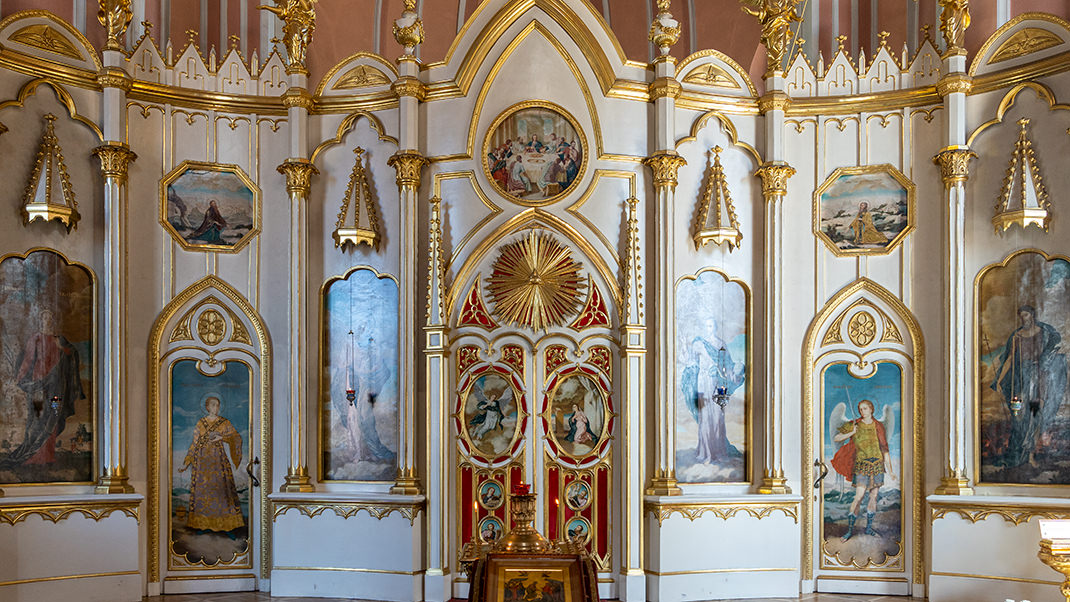
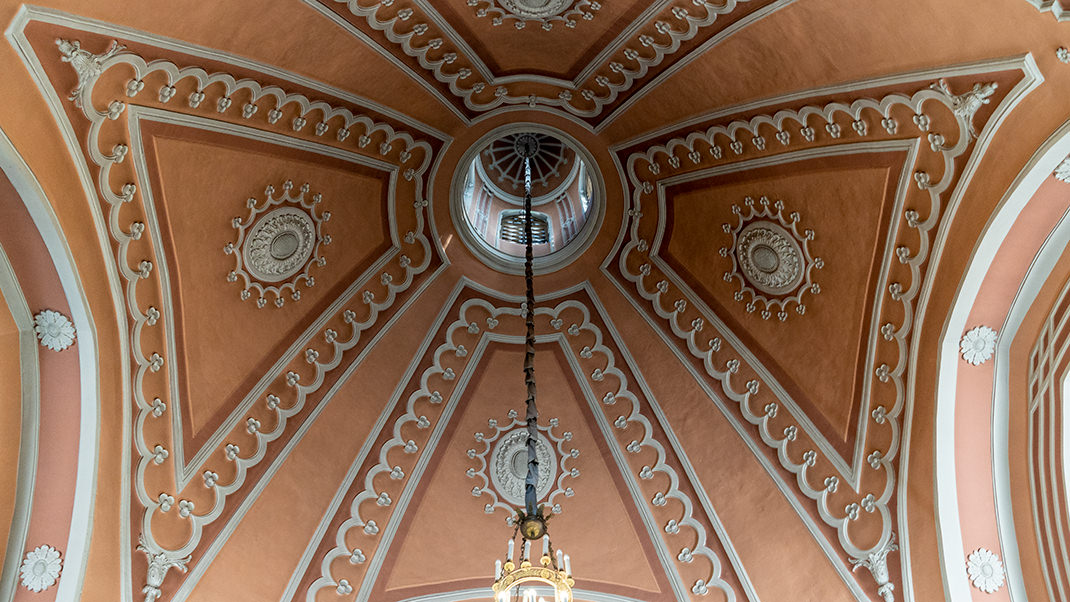
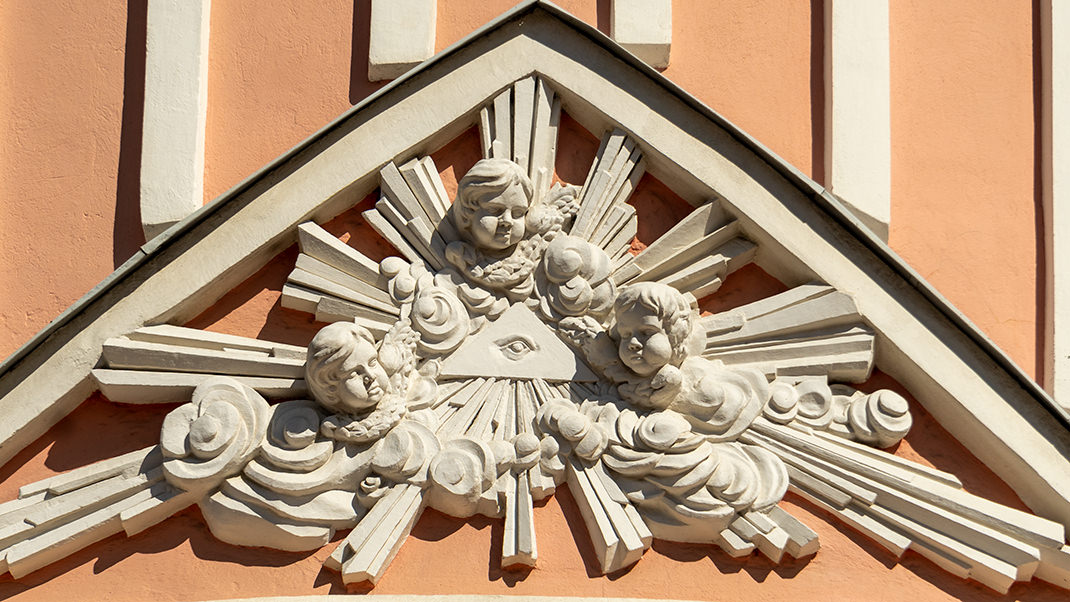
The name of the palace and the church is a reference to the Battle of Chesme in 1770. Today, July 7, the day of the victory in this battle, is celebrated as a day of military glory in Russia. Interestingly, the first name of the palace was different. It was called Kekerekeksinsky or Kekerikit. Honestly, I couldn’t read these words right away.
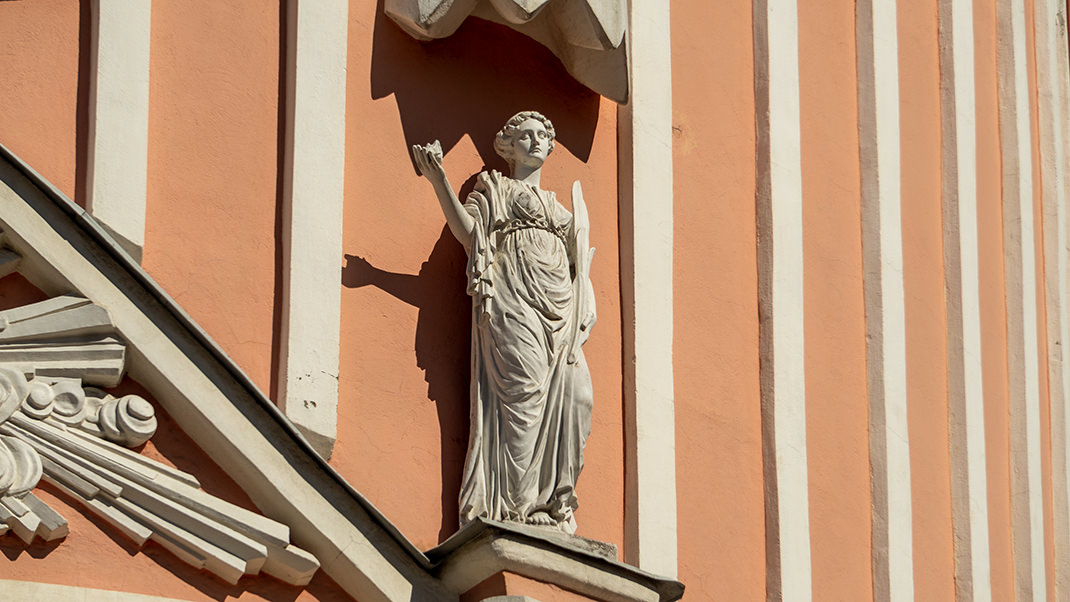
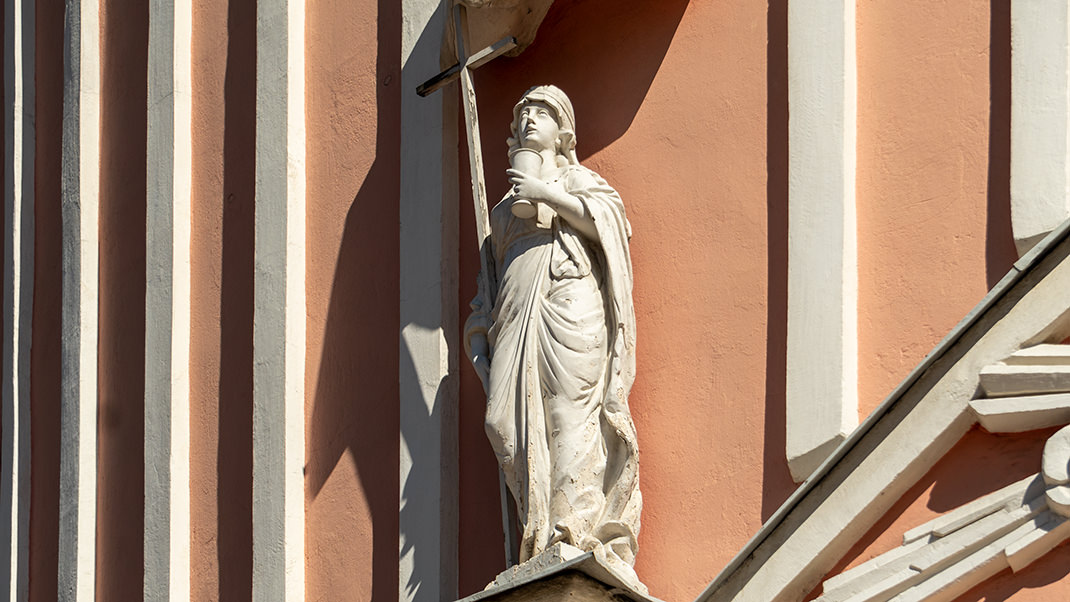
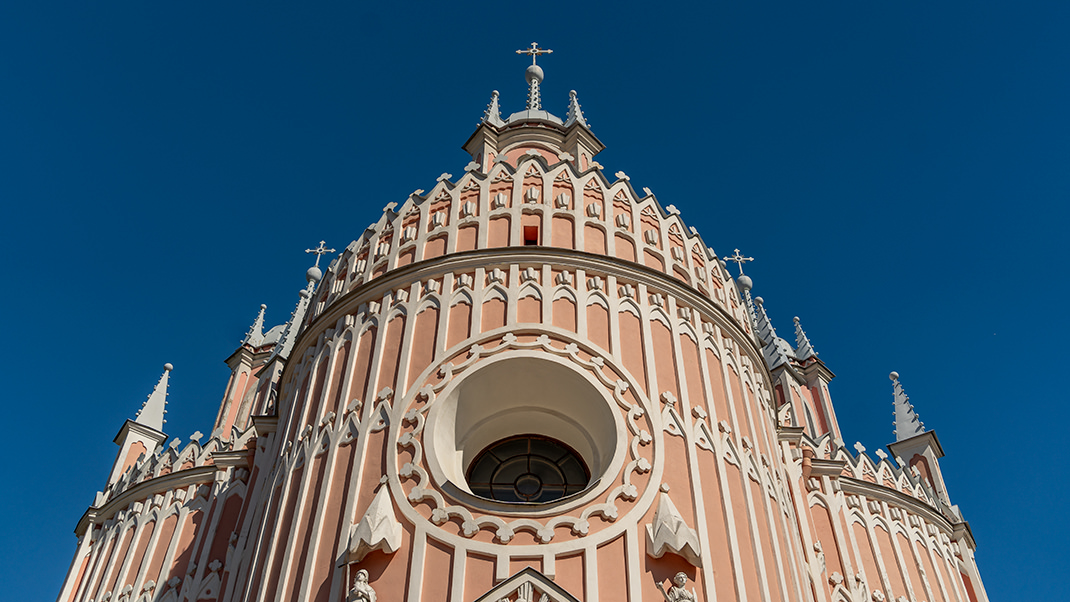
The Chesme Church is also known as the Church of the Nativity of John the Baptist. The building is executed in a relatively rare pseudo-Gothic style for St. Petersburg. It looks quite unusual, especially in contrast to the monumental neoclassical ensembles of the area.
During the Soviet era, the church, like many others, was closed and repurposed as storage space. From 1977, the building housed a branch of the Central Naval Museum. In 1991, the church was returned to the faithful. Interestingly, our church had two other copies. Today, only one of these buildings remains — the Church of the Transfiguration of the Lord in the village of Krasnoye.
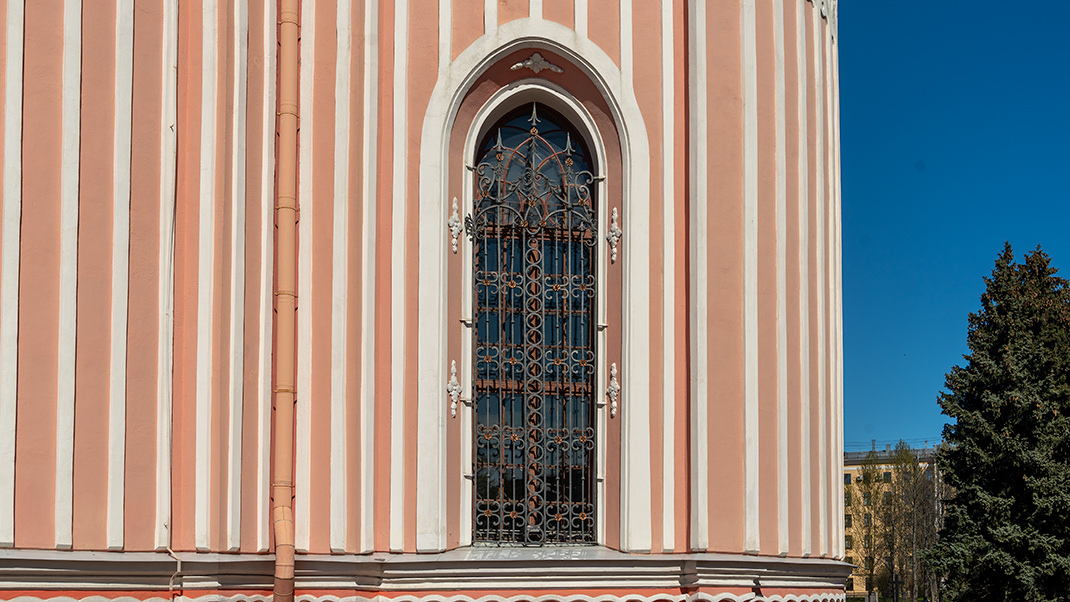
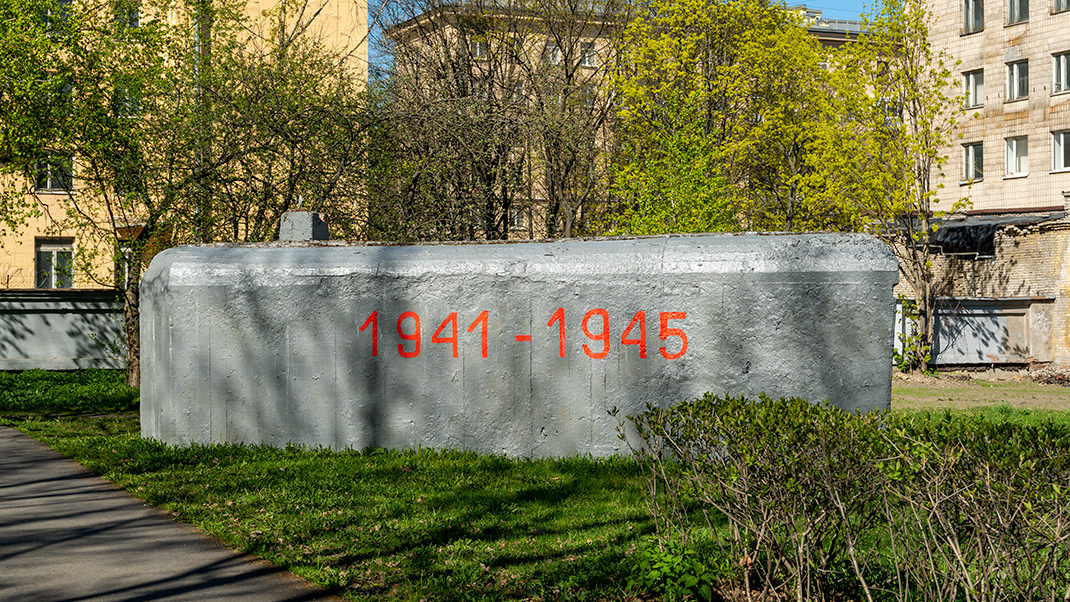
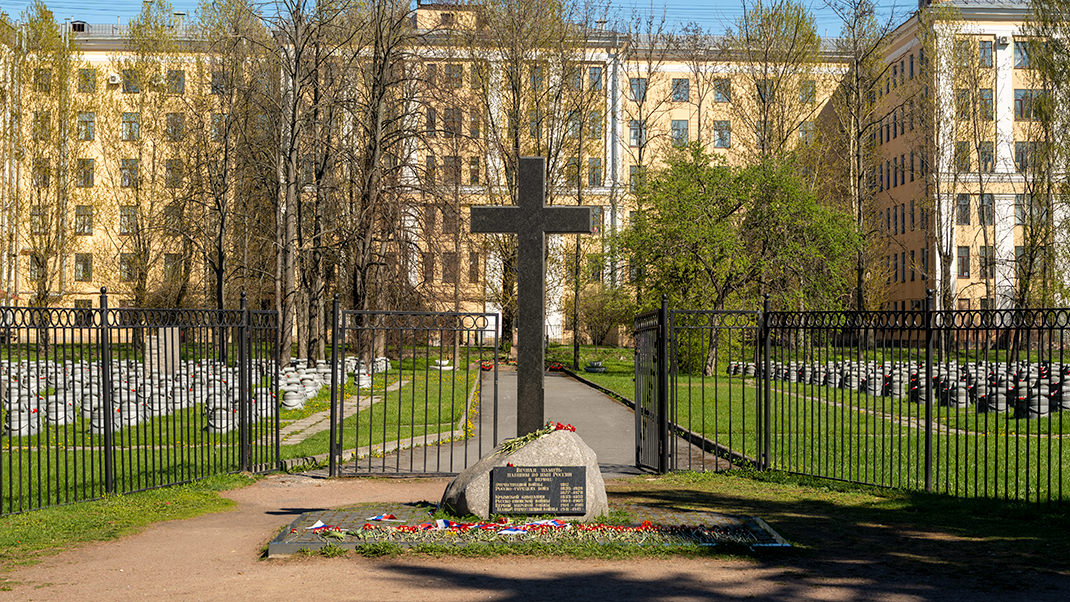
To the east of the church is the Chesme Military Cemetery. The necropolis dates back to the first half of the 19th century. Many participants in various wars, including World War I and II, are buried here. Several graves in the cemetery are listed as cultural heritage sites in St. Petersburg.
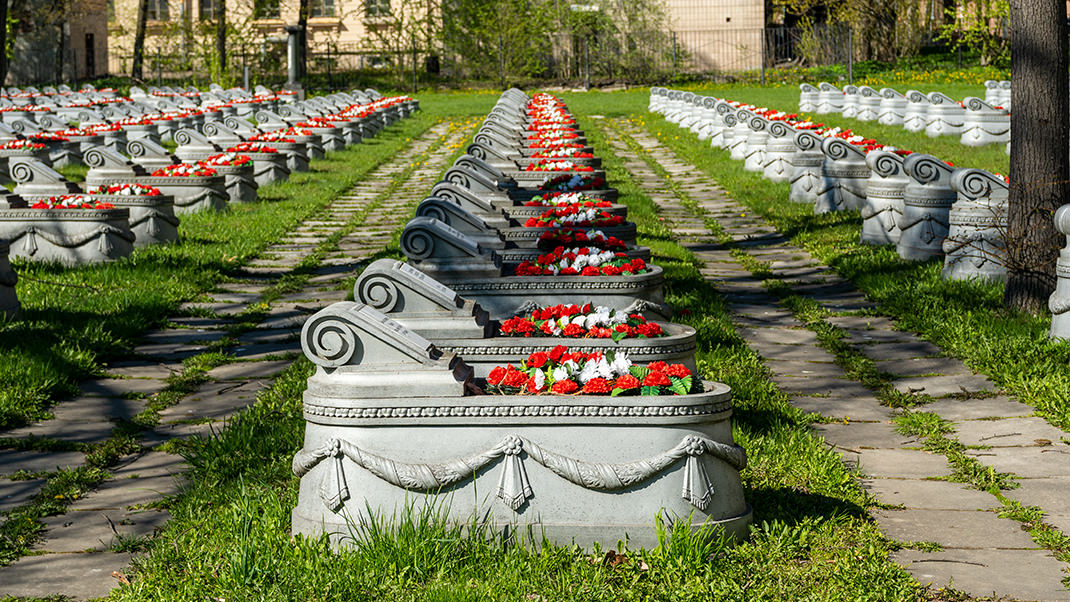
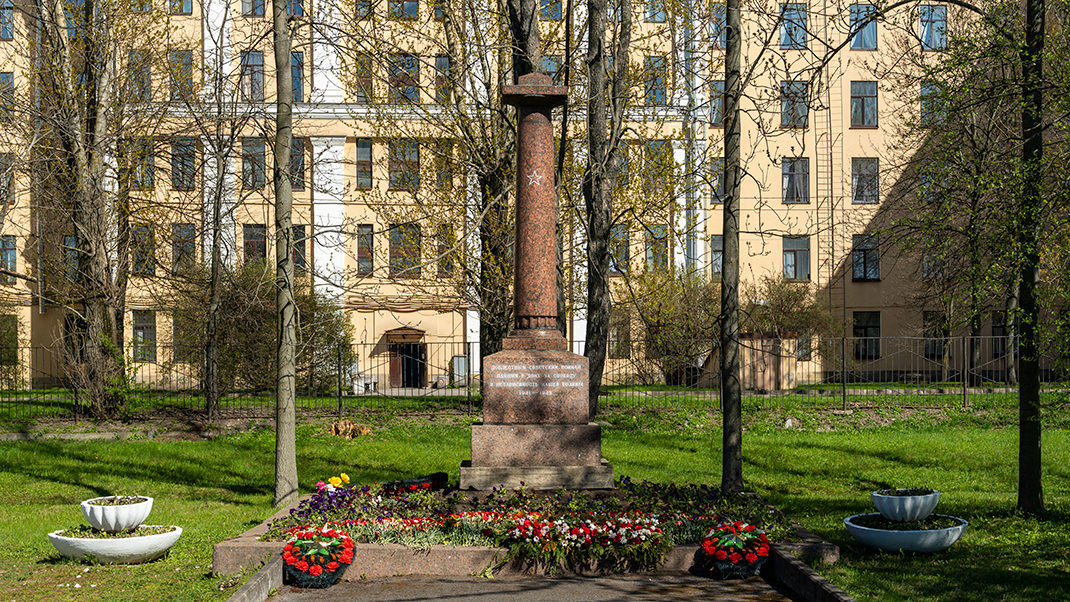
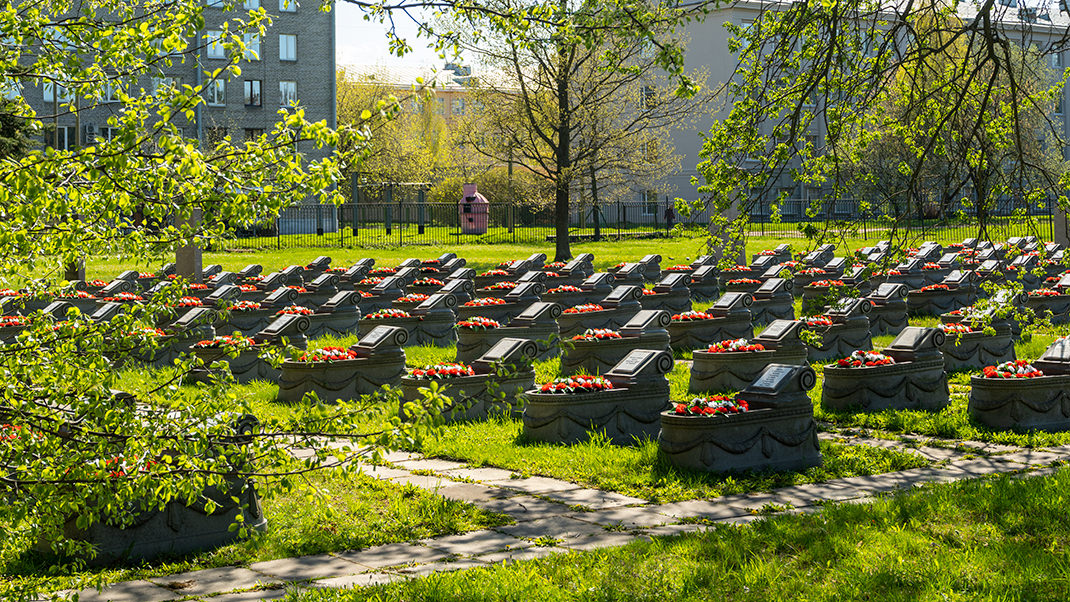
Continuing the theme of St. Petersburg’s churches, I invite you to read my article about the aforementioned Annenkirche. Today, this Lutheran church is a popular tourist spot, thanks to its unusual interiors, which bear traces of the 2002 fire.
Have a nice trip!


